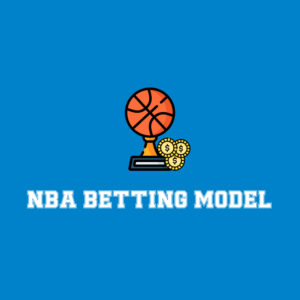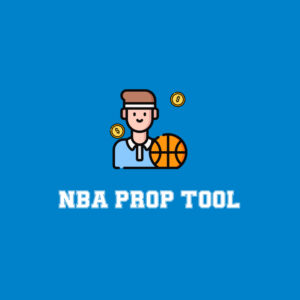
You can’t provide an answer if you don’t know the question. That’s true in fantasy football as in life. So over the next three weeks, we’re going to ask and (at least attempt to) answer the biggest questions facing us as we head into the 2022 fantasy football season.
That works out to three questions per team (for 96 total) and four questions about the state of our game in general. How will a given player work out? What about a new coaching staff? And what is going on in the grand scheme? You can follow along with the whole series below, and at the bottom are our first four questions.
100 Questions for 2022 Fantasy Football
The key fantasy football questions around the league, asked and answered:
Week 1:
- AFC East (Bills, Dolphins, Patriots, Jets) — July 20
- AFC North (Ravens, Bengals, Browns, Steelers) — July 21
Week 2:
- AFC South (Texans, Colts, Jaguars, Titans) — July 26
- AFC West (Broncos, Chiefs, Raiders, Chargers) — July 27
- NFC East (Cowboys, Giants, Eagles, Commanders) — July 28
Week 3:
- NFC North (Bears, Lions, Packers, Vikings) — August 2
- NFC South (Falcons, Panthers, Saints, Buccaneers) — August 3
- NFC West (Cardinals, Rams, 49ers, Seahawks) — August 4
The First Four Questions
Below, we’re taking a look at some of the biggest questions for fantasy football on the whole in 2022.
1. Is Late-Round QB Still a Viable Strategy?
You ready for something a little counterintuitive? The average weekly score for every single QB slot last year, QB1 to QB20, went down from where it was in 2021 … and that’s why it’s more important than ever to get a QB early.

A weekly QB1 in 2021 scored, on average, 1.15 fewer points than the weekly QB1 in 2020. QB10, 1.80. QB15, 1.59. On average, the correlating spot in 2021 scored 1.75 fewer points than in 2020. So if quarterbacks are putting up fewer points each week, that means getting one of the top-flight ones is less important, right? Well, no, and here’s why:
Despite the lower weekly ceiling, the top overall QB performance over the last two years came from Josh Allen in 2021. Two of the top four, three of the top six, four of the top eight and five of the top 10 QB performances came last year. In other words, even though the weekly ceiling was higher in 2020, the overall ceiling was roughly identical. Why is that? Because the lesser quarterbacks who might rise up and have random spike weeks — the guys you’d be streaming if you decided to wait on QB on draft day — just didn’t do that as much last year.
For proof, I direct you to CBS’ Chris Towers a few weeks ago, who noted that more than half (51.4%) of all top-12 weekly finishes and solidly two-thirds of all top-six finishes the last couple of years have come from quarterbacks who were drafted top 12, both increases on the norm. In other words, it has become increasingly difficult to identify the right streamers, and — if 2020-2021 were any indication — there are fewer reliable options popping up among the lower-drafted quarterbacks.
Best answer: This doesn’t necessarily mean you have to be the first off the board to take a quarterback in your one-QB league, or that drafting Josh Allen in the first round is a smart use of resources. But it does mean that, where years ago the drafting community might have advocated for waiting and grabbing an Andy Dalton or a Tyrod Taylor in the mid-teens at the position and play mix and match over the season, that advice does not apply nearly as neatly to the mid-range QBs in 2022, and you might want to grab one of the top 10 or so options.
2. Do We Need to Worry About Rule Changes?
Obviously, I’m including this because I already have an answer in mind. But a couple of rule changes might have slipped under the radar this year that could really impact fantasy football, especially — but not exclusively — at the start of the season. Starting this year, players starting on the PUP List are only required to miss four games, instead of what has traditionally been six. On the other side, players who are designated to return from IR have to sit out four games instead of the three that has been the rule the last few years.
What does this mean? Well, let’s start with the PUP List: Previously, a player who starts the year on PUP had to sit out six games. That was a potentially huge absence, and it was understandable if teams were gun shy about a player who just needed a bit more easing in. But four games? That’s a smaller burden to bear, and makes it easier for teams to let guys work their way back and still see the field by early October. Maybe it doesn’t change anything, but guys like J.K. Dobbins, Gus Edwards, Robert Woods and more, who are recovering from injuries, might just land on PUP to start the season where they might not have in previous years.
On the flip side, players returning from IR have been dealt a blow, and so have their fantasy managers. If a player sprained his ankle in 2021, it was easy for teams to toss him on short-term IR and clear a spot for three weeks. Four weeks isn’t that much more, but every incremental increase matters.
Best answer: We’re likely to see more players in 2022 who aren’t on IR but who bounce around from questionable to doubtful to out for a few weeks in a row. For your lineups, that might not mean much. But bench spots are sacred in fantasy football, and don’t be surprised if there are a lot more wrinkles and headaches in those bench spots in 2022, especially to start the season.
3. Is Tight End Getting Deeper?
Listen, people ask it every year. I know. Don’t yell at me, because it’s still worth raising the question. And here’s what I see:
The top tier at tight end (basically Travis Kelce and another guy each year) is better than ever. The second tier is …. very much not. But then after that, the next group of tight ends, ranging from the mid- to late-TE1s to most of the TE2s, has been on the uptick relative to the rest of the flex options. Last year, every slot TE7 to TE20 had either its best or second-best finish among the flex players in the last five years. The only place tight end as a position is actually struggling, relative to the last five years, is in that second tier.

Best answer: Don’t judge me: It is getting deeper! Tight end is not the wasteland it has been! But the second tier at the position is struggling, which makes the gap from the top tight ends to the lesser ones feel that much larger. In other words, the common dialogue at the position has been “Get one of the first four or five tight ends in your draft or just punt on the position,” but the real advice is more like “Get one of the top two or three tight ends or mix and match from there.” Tight end as a position struggles on the second tier, not the third/fourth tiers that we’ve come to believe. Get a Kelce, a Mark Andrews, a Kyle Pitts. But don’t bother with the George Kittle/Darren Waller tier. That’s where you should hold off in your draft.
4. What Could Change Between Now and the Season That Might Matter for Fantasy?
We’re in mid-July now. There traditionally isn’t a lot of movement between this point and Week 1 that dramatically changes the outlook of the season. But there’s not nothing.
Best answer: Among the main possibilities:
- Players left to be signed: Right after the draft, our Nick Makowitz did a piece on remaining free agents who could potentially offer fantasy value in 2022. Of that list, only Darrel Williams has signed since. Most of these players are probably never going to offer value again, but there are some big-ish names remaining:
- Quarterback: Cam Newton
- Running back: David Johnson, Tarik Cohen, Devonta Freeman
- Wide receiver: Will Fuller, Julio Jones, Odell Beckham, Cole Beasley, Danny Amendola
- Tight end: Jared Cook, Eric Ebron, Blake Jarwin
- The big name left on the trade market: The quarterback carousel largely finished up when Baker Mayfield landed with the Panthers, but not entirely, because as of this writing, Jimmy Garoppolo still doesn’t have a home. He could stay in San Francisco, where he would be a thorn in the side of Trey Lance fantasy managers — any poor Lance outing would spark Garoppolo rumors. The most obvious fit for him is in Seattle, where the Seahawks are saying they’re content with Geno Smith and/or Drew Lock, but man is that hard to believe. Or the 49ers could go the Sam Bradford route with Garoppolo and hold onto him in hopes that an injury in training camp/preseason games creates someone desperate.
Garoppolo isn’t a needle-mover in fantasy by himself, but he’s better than Lock or Smith, and he could save the value of DK Metcalf and Tyler Lockett, or he could help out on a roster where a starter goes down to injury. - Injuries: The obvious topic, but an obligatory one. This time a year ago, we were expecting big years from Cam Akers, J.K. Dobbins and Travis Etienne. Preseason injuries knocked all three out, and instead, James Robinson finished as the RB24, Darrell Henderson the RB27 and Devonta Freeman RB31. Robinson and Henderson were backups at best, and Freeman was basically out of a job before the injuries. There are some players we aren’t remotely discussing right now who will be real forces this season.
- The suspensions: Until we hear news on however long Deshaun Watson will be off the field, we have a Schrodinger’s Quarterback situation: If he’s on the field from Week 1, he’s a top-seven or so QB with a star wide receiver, a breakout candidate at tight end and two stud running backs. That’s true from whatever week he sees the field. But if he misses most or all of the season, suddenly this is an offense headed by Jacoby Brissett, and at a minimum, Amari Cooper and David Njoku go from interesting upside plays to “just some guys.”
Similarly, we don’t yet know how much (if any) of the season Alvin Kamara will miss after his own legal issues. When he’s on the field, we should expect more or less the same fantasy force we’ve seen for the last several years. But when he’s out, are we really expecting much out of Mark Ingram, Tony Jones or Abram Smith? This goes from a top-tier backfield to a bottom-tier one, and anyone who drafts between now and when a suspension is announced is rolling the dice either way.





























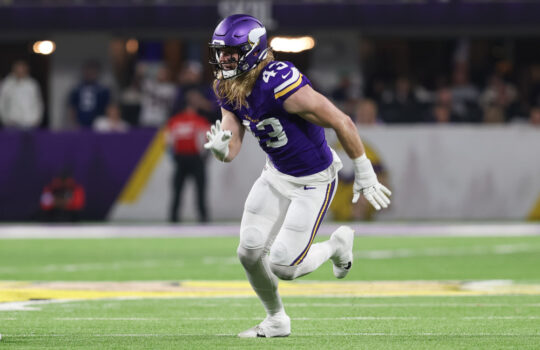



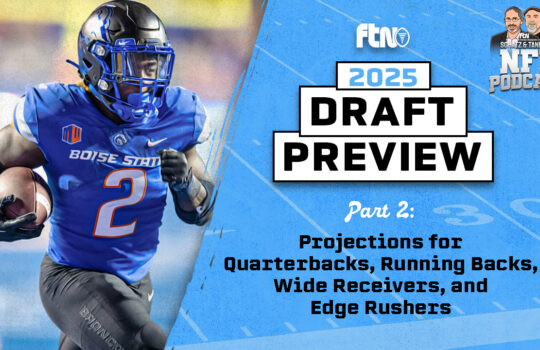

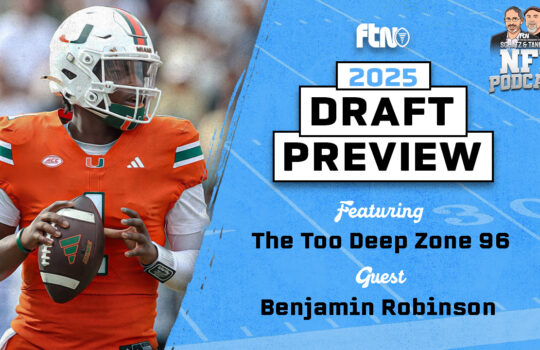





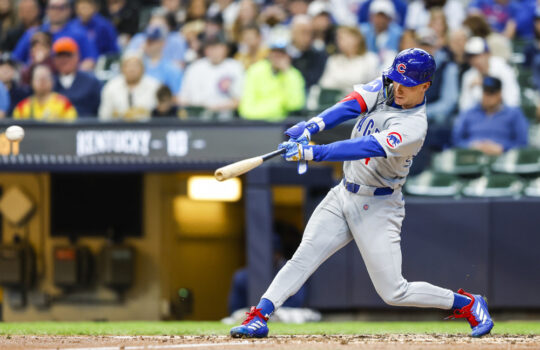

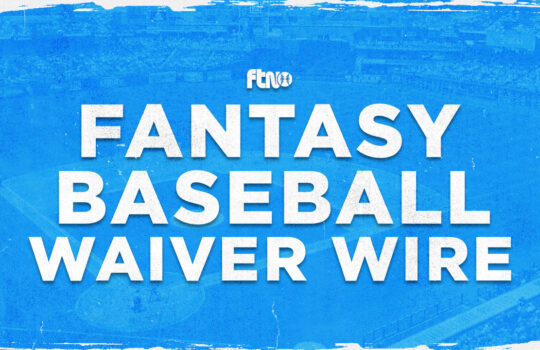

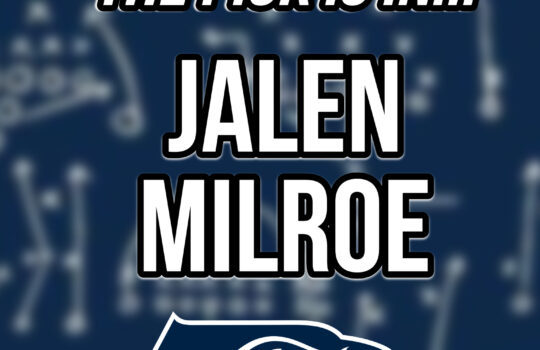

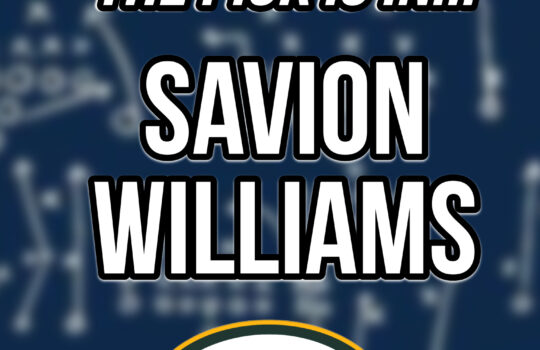
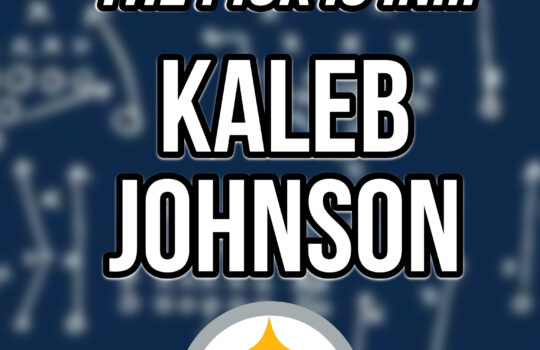

 New York Jets
New York Jets  New England Patriots
New England Patriots  Miami Dolphins
Miami Dolphins  Buffalo Bills
Buffalo Bills  Pittsburgh Steelers
Pittsburgh Steelers  Cleveland Browns
Cleveland Browns  Cincinnati Bengals
Cincinnati Bengals  Baltimore Ravens
Baltimore Ravens  Tennessee Titans
Tennessee Titans  Jacksonville Jaguars
Jacksonville Jaguars  Indianapolis Colts
Indianapolis Colts  Houston Texans
Houston Texans  Las Vegas Raiders
Las Vegas Raiders  Los Angeles Chargers
Los Angeles Chargers  Kansas City Chiefs
Kansas City Chiefs  Denver Broncos
Denver Broncos  Washington Commanders
Washington Commanders  Philadelphia Eagles
Philadelphia Eagles  New York Giants
New York Giants  Dallas Cowboys
Dallas Cowboys  Minnesota Vikings
Minnesota Vikings  Green Bay Packers
Green Bay Packers  Detroit Lions
Detroit Lions  Chicago Bears
Chicago Bears  Tampa Bay Buccaneers
Tampa Bay Buccaneers  New Orleans Saints
New Orleans Saints  Carolina Panthers
Carolina Panthers  Atlanta Falcons
Atlanta Falcons  San Francisco 49ers
San Francisco 49ers  Seattle Seahawks
Seattle Seahawks  Los Angeles Rams
Los Angeles Rams  Arizona Cardinals
Arizona Cardinals 
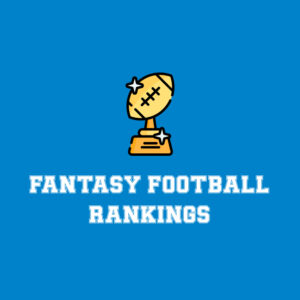
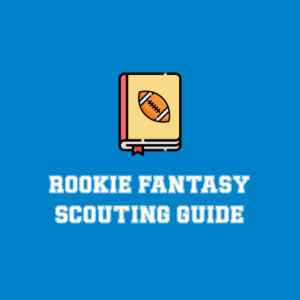
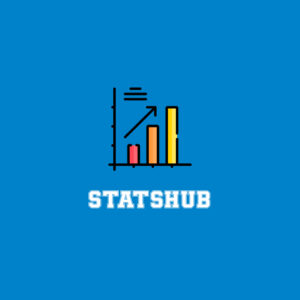





 Boston Celtics
Boston Celtics  Brooklyn Nets
Brooklyn Nets  Philadelphia 76ers
Philadelphia 76ers  New York Knicks
New York Knicks  Toronto Raptors
Toronto Raptors  Chicago Bulls
Chicago Bulls  Detroit Pistons
Detroit Pistons  Milwaukee Bucks
Milwaukee Bucks  Cleveland Cavaliers
Cleveland Cavaliers  Indiana Pacers
Indiana Pacers  Orlando Magic
Orlando Magic  Atlanta Hawks
Atlanta Hawks  Charlotte Hornets
Charlotte Hornets  Miami Heat
Miami Heat  Washington Wizards
Washington Wizards  Denver Nuggets
Denver Nuggets  Minnesota Timberwolves
Minnesota Timberwolves  Oklahoma City Thunder
Oklahoma City Thunder  Portland Trail Blazers
Portland Trail Blazers  Utah Jazz
Utah Jazz  LA Clippers
LA Clippers  Golden State Warriors
Golden State Warriors  Los Angeles Lakers
Los Angeles Lakers  Phoenix Suns
Phoenix Suns  Sacramento Kings
Sacramento Kings  Dallas Mavericks
Dallas Mavericks  Houston Rockets
Houston Rockets  Memphis Grizzlies
Memphis Grizzlies  New Orleans Pelicans
New Orleans Pelicans  San Antonio Spurs
San Antonio Spurs 
